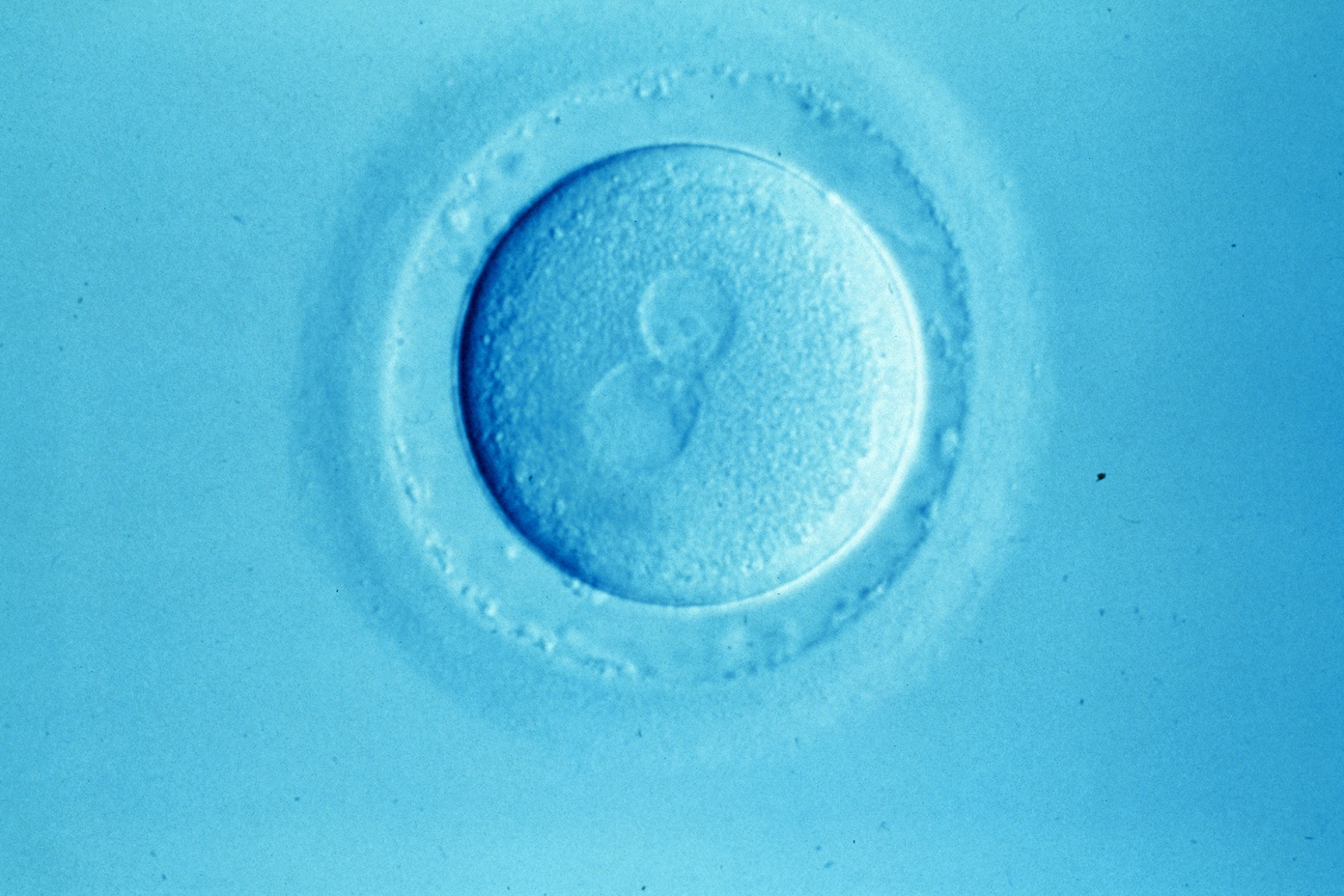|
Making Babies the Hard Way: Living with Infertility and Treatment Published by Jessica Kingsley Publishers ISBN-10: 1843104636, ISBN-13: 978-1843104636 Buy this book from Amazon UK |
The use of fertility treatment is continually increasing in the UK. Despite this, it is successful in only about 20 per cent of cases. Making Babies the Hard Way is an autobiographical account that charts four years of one couple's struggle to conceive a child, through the eyes of author Caroline Gallup and her husband Bruce. Caroline and Bruce are in a stable and loving relationship and discover that they are unable to conceive a child naturally because Bruce has 'azoospermia', a total lack of sperm since birth. Caroline and Bruce decide to undergo fertility treatment at a private London clinic opting for donor insemination, where a selected donor's sperm is used to fertilise Caroline's eggs. Over the course of the next couple of years Caroline and Bruce undergo three unsuccessful insemination attempts.
Before reading this book I had little knowledge of the emotional and financial implications of receiving fertility treatment, and the immensity of medical information and practice surrounding its provision. Caroline Gallup uses the narrative to articulate these with great clarity, and as the reader I learnt about the complexities of fertility treatment as Caroline goes through four years of consultations. Caroline writes of her and Bruce's dilemma in choosing to undergo donor insemination, and the constant injections, scans and ovulation tests that compliment each treatment cycle. Caroline explores how these dominated her working and social life, and affected her relationship with Bruce. One of the strengths of this book is its dual narrative so the reader can engage with both Caroline and Bruce throughout the treatment. The author describes with honesty the mood swings as a result of the hormone injections and the vulnerability she experienced throughout the course of her treatment. In particular Caroline explores her function as a woman, and her feeling of failure at being unable to conceive and fulfil her natural desire to have children.
Caroline helpfully writes about the response of family and friends to the news of their treatment and the immense support the couple received on being open about their fertility problems. The chapter 'Constructive Communication' would be useful to couples unsure of how to communicate their infertility to family and friends, and shows how Caroline and Bruce approached the issue of disclosure with complete honesty with one another and others. Infertility is common, yet their story shows how people can react awkwardly to news of a person's infertility with unhelpful remarks or humour. Caroline gives a list of 'dos and don'ts' to say to a couple with fertility problems which would serve as practical guidance for all. This story also demonstrates the success of therapeutic counselling which is offered by the clinic and support groups found through the Human Fertilisation and Embryology Authority's website.
What struck me most about this book is that there is a happy ending even though Caroline and Bruce are unsuccessful in their fertility treatment. They reflect on their experience and on their motives to have children, and discover a different realm of possibilities within their relationship and how they choose to spend their time. It is this determination and love that Caroline and Bruce share for each other that resounds throughout the whole book and is sure to be an encouragement to couples considering IVF treatment or who have experienced unsuccessful attempts. The book would also be a useful guide to those daunted by the plethora of information surrounding fertility treatment and those who seek to support a friend or loved one with fertility problems.
Buy Making Babies the Hard Way: Living with Infertility and Treatment from Amazon UK.





Leave a Reply
You must be logged in to post a comment.